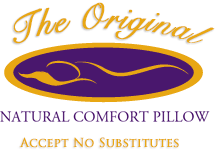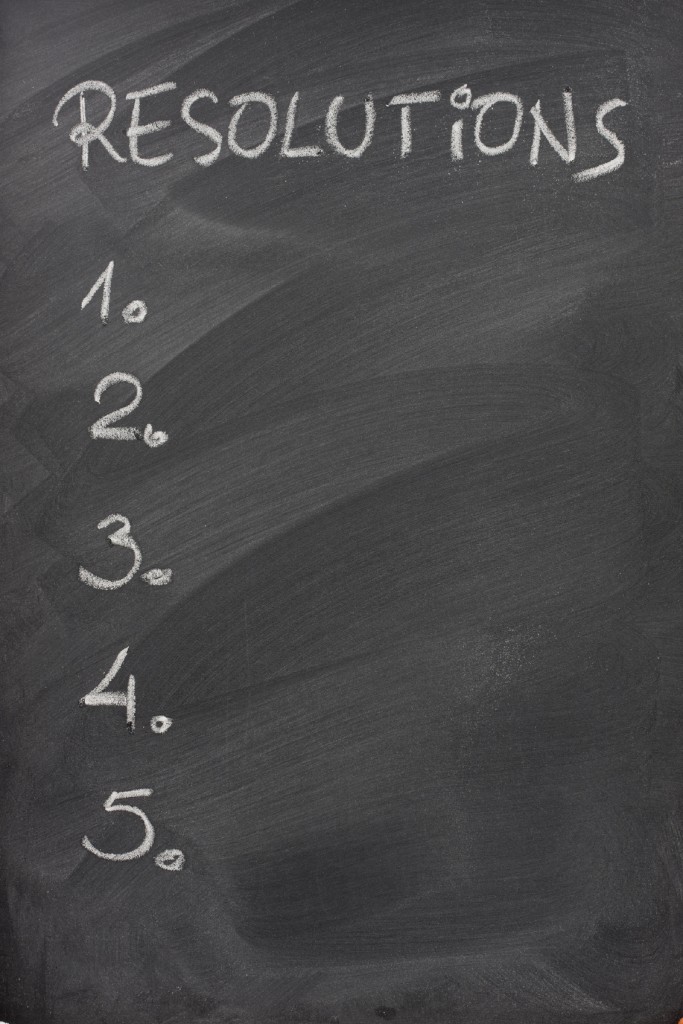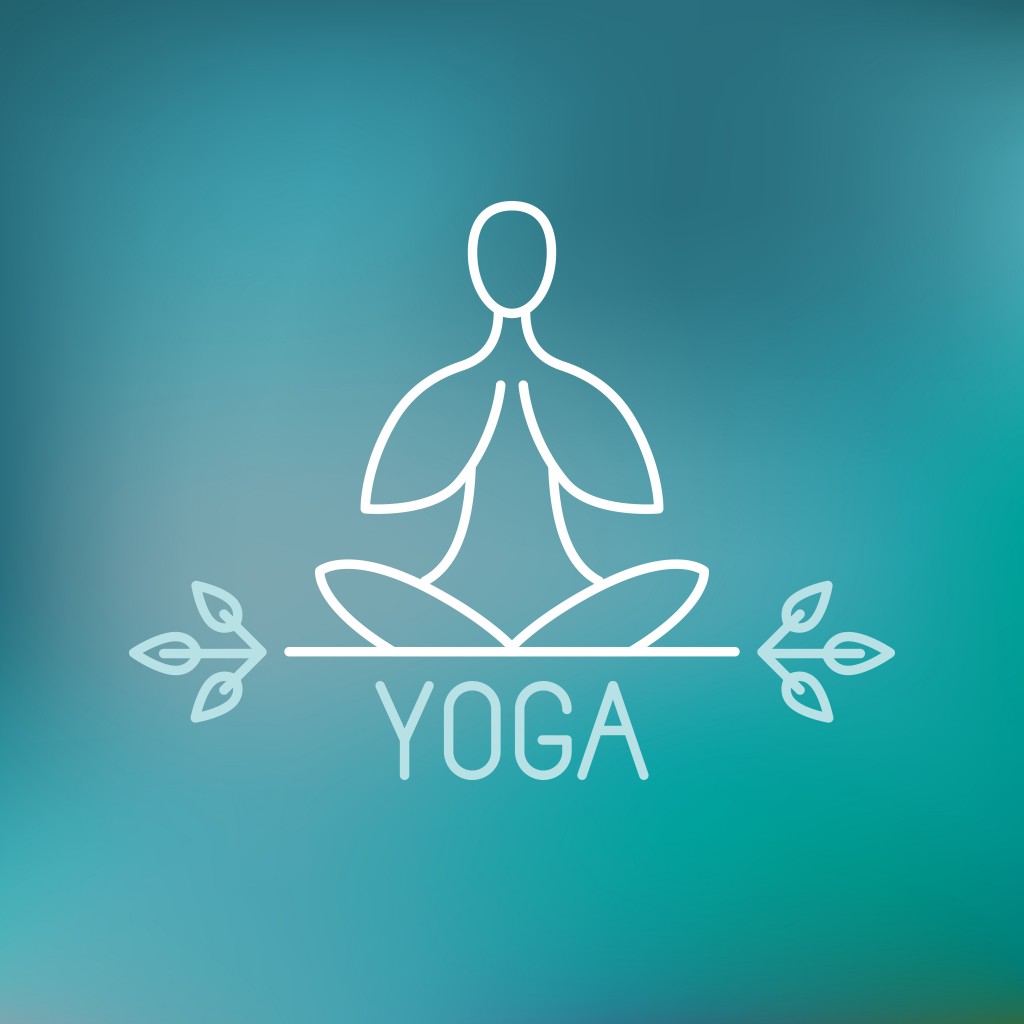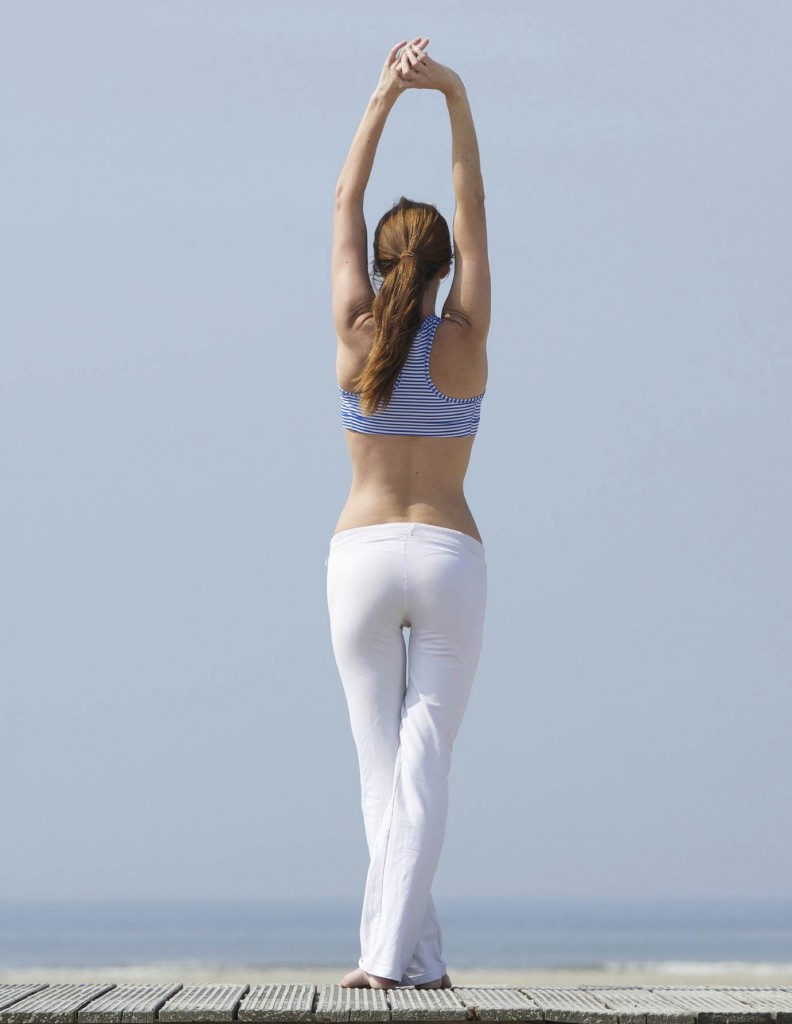 Pillows come in all shapes and sizes. The good ones, like the Natural Comfort Pillow, can help you sleep better, reduce neck and shoulder pain, and even help with recovery after athletic activity.
Pillows come in all shapes and sizes. The good ones, like the Natural Comfort Pillow, can help you sleep better, reduce neck and shoulder pain, and even help with recovery after athletic activity.
We depend on our pillows to take care of us, night after night. The question is, are we taking proper care of our pillows so they can effectively take care of us? To follow is a list of easy, fun and effective ways to improve the performance of our pillows so they can help us sleep better consistently …
These tips are most effective with supportive pillows like the Natural Comfort Pillow, which is made from feathers and down, a 230 thread count cotton cover and a versatile bolster system.
Fluff Your Pillow!
We’re not talking any ordinary fluffing, here. To fully fluff the feathers and down in your pillow, we suggest putting it in the dryer before its first use (by itself) for 20 minutes on a warm or hot setting. When you do this, an amazing thing happens — the pillow puffs up, much like a kernel of corn when it becomes popcorn! It becomes so full and puffy that it can more than double in height! Don’t worry though, once you begin resting on the pillow it will immediately begin to contour to your body.
We recommend hand-fluffing your pillow 2-3 times per week to keep the feathers and the down properly spaced. We like to call this “active pillow care,” and it’s an important component in making sure your pillow gives you optimal results.
Break Your Pillow In
Because of the unique qualities of your neck, your Natural Comfort Pillow may need a week or two to adjust to your neck and create a custom fit. During the adjustment period, it’s OK to switch back and forth between your old pillow and your Natural Comfort Pillow, or simply fluff your new pillow before you go to bed each night.
During the break-in period, you may want to experiment with the different bolsters in our pillow. One side is for people with smaller shoulders, while the other side is for people with broader shoulders. Depending on your physiology, one side may prove more comfortable than the other.
Flip, as Necessary
So, this tip addresses proper use more than it does proper care. Since one side of the pillow is for side-lying and the other for back-lying, it’s important to make sure you’re using the appropriate side so you are supporting your head, neck and spine in an optimal manner.
How to Clean Your Pillow
Never wash your Natural Comfort Pillow. If it is in need of a cleaning, please dry clean only! Typically, all you’ll need to do is change your pillow case regularly to keep your pillow clean. One of the unique benefits of our 230 thread count cover is that it keeps the feather and down filling in while blocking out allergins (which have a tendency to build up in lesser-made pillows).
Learn more about the Natural Comfort Pillow, and how it can help you sleep better, reduce pain and live well!
And remember, if you take care of your pillow, it will take care of you!
Thank you for visiting Natural Comfort Pillow, and sleep well!











